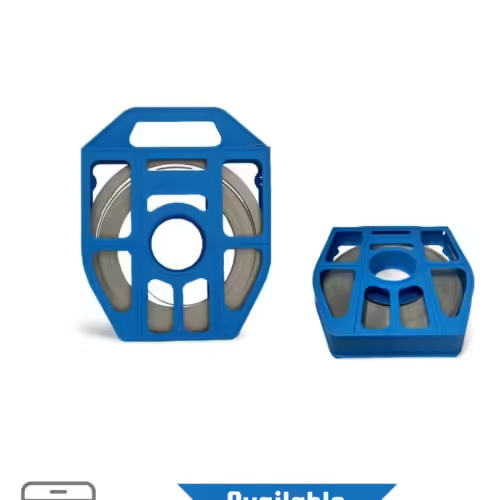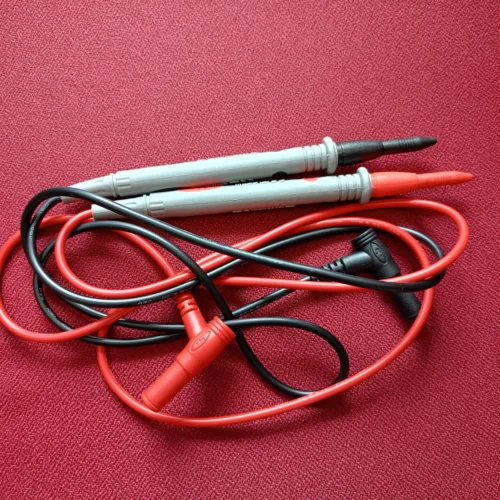Understanding the Control Cable Screened Grey
A Control Cable, particularly one designated as “screened grey,” is an essential component in modern industrial and automation systems. Its primary function is to reliably transmit electrical signals for control, measurement, and regulation purposes. The term “screened” is crucial here, indicating the presence of an internal conductive layer—typically a braided shield of tinned copper wires or an aluminum foil wrapped around the insulated cores. This screen acts as a vital barrier, protecting the sensitive signals within from external electromagnetic interference (EMI). Such interference can originate from a variety of sources, including powerful motors, electrical switchgear, adjacent power cables, or even radio frequencies, all of which could otherwise corrupt data transmission. The screening also works in reverse, preventing the cable from emitting its own electromagnetic noise that could disrupt nearby electronic devices.
The grey outer sheath is a common characteristic, usually manufactured from PVC (Polyvinyl Chloride). PVC is a popular choice due to its excellent balance of flexibility, making the cable easy to route and install, and its durability, offering resistance to abrasion, oils, and various chemicals like acids and caustic solutions. For more demanding environments, some variants may feature a more robust PUR (Polyurethane) sheath, which provides superior mechanical strength, tear resistance, and often better chemical and UV protection for outdoor or harsher industrial applications.
Internally, these cables contain multiple cores, each individually insulated (often with PVC) and clearly color-coded or numbered. This systematic identification simplifies wiring, installation, and troubleshooting. The flexibility of these cables makes them suitable for both static installations and dynamic applications where they might experience occasional movement, vibration, or bending, such as on automated production lines, conveyor belts, or within intricate machinery. Their robust construction and effective screening ensure signal integrity, making them indispensable in machine tool industries, process control systems, robotics, and other industrial automation settings where reliable and interference-free communication is paramount. They are generally recommended for use in dry, damp, or wet indoor environments.






